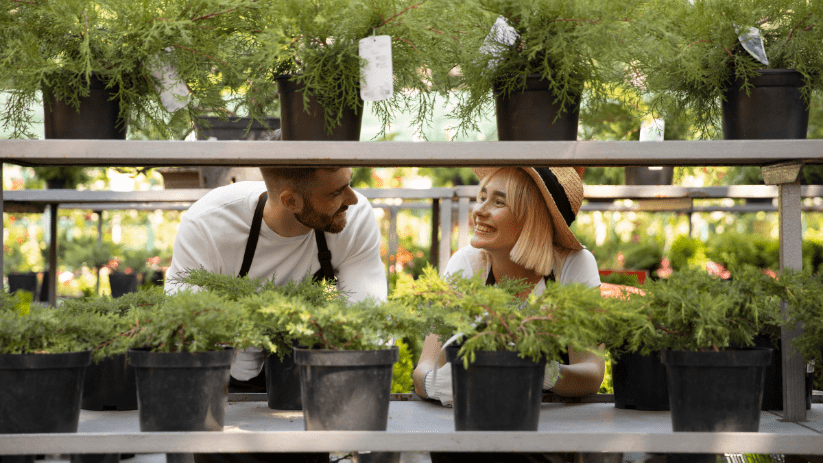Innovative Ways to Grow Food Indoors in Small Spaces
Don’t have access to a garden? No problem! Growing your own food indoors is more accessible than ever, even if you’re limited to small spaces like apartments or tiny homes. With the right techniques, you can enjoy fresh produce all year round.
Why Should You Grow Food Indoors?
- Continuous harvest: Enjoy fresh food no matter the season.
- Pesticide-free: Grow clean, organic food without harmful chemicals.
- Healthier air: Plants naturally purify the air in your home.
- Cost savings: Growing your own herbs and vegetables helps reduce grocery expenses.
1. Vertical Gardening
Utilize your vertical space by growing plants upward instead of outwards.
- Wall planters: Attach small pots to walls for efficient use of space.
- Hanging baskets: ideal for plants like strawberries and cherry tomatoes.
- Tiered shelving: Create height by stacking shelves for growing multiple plants.
- Hydroponic towers: a soil-free growing method that uses water and nutrients.
Best Plants for Vertical Gardening:
- Herbs: basil, mint, oregano
- Leafy greens: spinach, lettuce, kale
- Small fruits: cherry tomatoes, strawberries
2. Hydroponics: Growing Without Soil
Hydroponic systems allow you to grow plants in a water-based solution rich in nutrients, eliminating the need for soil—making them perfect for small spaces.
Popular Hydroponic Systems:
- Deep Water Culture (DWC): Plants float on water with their roots submerged.
- Nutrient Film Technique (NFT): A thin stream of water flows over the roots.
- Aeroponics: Plants’ roots are misted with nutrients while suspended in the air.
Best Hydroponic Plants:
- Lettuce
- Basil
- Kale
- Strawberries
3. Microgreens: Tiny, Nutrient-Rich Greens
Microgreens are young, flavorful vegetables that grow quickly—sometimes in as little as 7 to 14 days—and are packed with vitamins.
How to Grow Microgreens Indoors:
- Use shallow trays and add a thin layer of soil.
- Scatter seeds evenly and lightly cover with soil.
- Water regularly and keep the trays in indirect light or under grow lights.
- Harvest when the first true leaves start to show.
Top Microgreens to Grow:
- Radish
- Sunflower
- Broccoli
- Pea shoots
4. Windowsill & Countertop Gardening
Make use of natural sunlight by growing food on your windowsills and kitchen countertops.
Best Plants for Windowsills:
- Herbs: basil, chives, parsley
- Leafy greens: spinach, Swiss chard
- Root vegetables: radishes, green onions
Pro Tip: Self-watering pots make it easier to keep your plants hydrated with minimal effort!
5. Mason Jar & Bottle Gardening
Repurpose jars and bottles to create mini gardens—ideal for growing herbs and small plants!
How to Begin:
- Place pebbles at the bottom of jars for drainage.
- Add soil and plant your seeds or seedlings.
- Position the jars near a sunny window.
- Water regularly and ensure that excess moisture can drain away.
6. Smart Indoor Gardens
For a more advanced solution, consider investing in a smart indoor garden equipped with automatic watering systems and LED grow lights.
Notable Smart Gardens:
- Click and Grow Smart Garden
- AeroGarden Hydroponic System
- Rise Garden
These systems make indoor gardening easier and low-maintenance, ideal for beginners and experienced gardeners alike.
Conclusion: Start Your Indoor Garden Today!

Indoor gardening is a fantastic way to enjoy fresh, organic food, even in tight spaces. Whether you choose vertical gardening, hydroponics, or growing microgreens, there’s a method that works for you.
Which indoor gardening method will you try first? Share your thoughts in the comments below! Don’t forget to subscribe for more gardening advice.










Post Comment